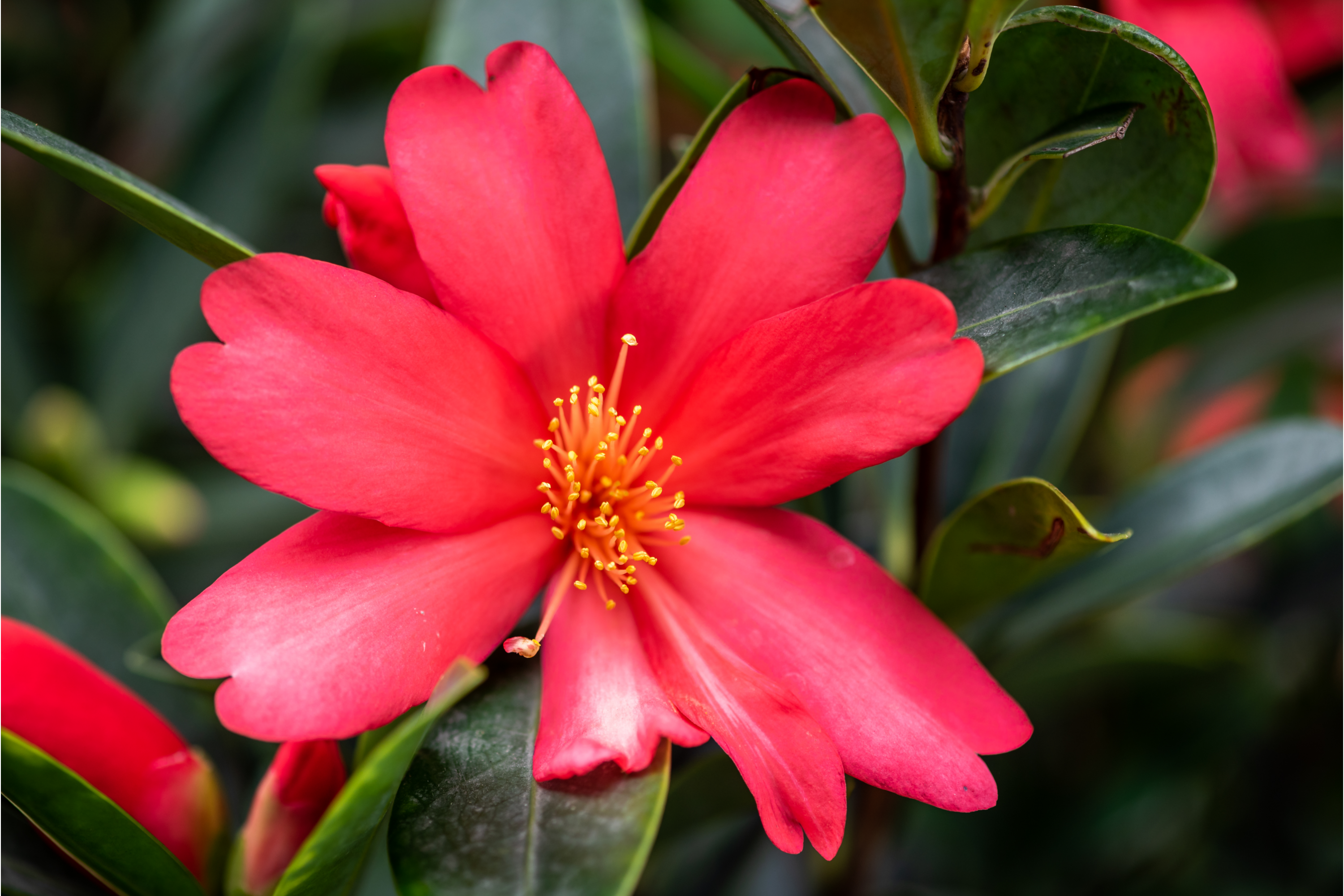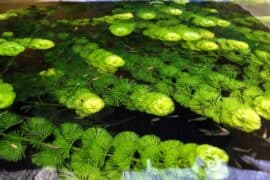Camellia azalea
(Camellia azalea)

Description
Camellia azalea is a plant found in Guangdong Province, China. It is a small tree or an evergreen shrub, and grows up to 4 meters tall. The plant tends to grow bright red flowers that can be found in clusters of 1 to 5 and of a size of 9-10cm in diameter. Camellia azalea has a flowering period that ranges from May until February. Camellia azalea is a Critically Endangered species. Camellia is a genus of flowering plants in the family Theaceae. They are found in eastern and southern Asia, from the Himalayas east to Japan and Indonesia. There are 100–300 described species, with some controversy over the exact number. There are also around 3,000 hybrids. The genus was named by Linnaeus after the Jesuit botanist Georg Joseph Kamel, who worked in the Philippines and described a species of camellia (although Linnaeus did not refer to Kamel's account when discussing the genus). Of economic importance in East Asia, Southeast Asia, and the Indian subcontinent, leaves of C. sinensis are processed to create the popular beverage tea. The ornamental C. japonica, C. sasanqua and their hybrids are the source of hundreds of garden cultivars. C. oleifera produces tea seed oil, used in cooking and cosmetics. The camellia parasite fungus mycelia sterile PF1022 produces a metabolite named PF1022A. This is used to produce emodepside, an anthelmintic drug. Mainly due to habitat destruction, several camellias have become quite rare in their natural range. One of these is the aforementioned C. reticulata, grown commercially in thousands for horticulture and oil production, but rare enough in its natural range to be considered a threatened species. The earliest fossil record of Camellia are the leaves of †C. abensis from the upper Eocene of Japan, †C. abchasica from the lower Oligocene of Bulgaria and †C. multiforma from the lower Oligocene of Washington, United States.
Taxonomic tree:







